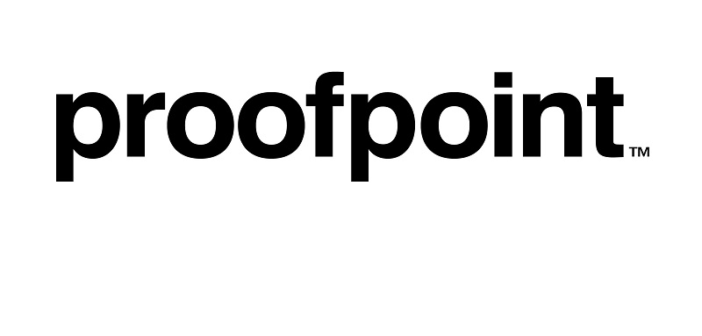
![]() Proofpoint researchers detected a malicious Microsoft Word attachment exploiting a recently patched Adobe Flash vulnerability, CVE-2017-11292. It attributed this attack to APT28 (also known as Sofacy), a Russian state-sponsored group. Targeting data for this campaign is limited but some emails were sent to foreign government entities equivalent to the State Department and private-sector businesses in the aerospace industry. The emails were sent from free email services.
Proofpoint researchers detected a malicious Microsoft Word attachment exploiting a recently patched Adobe Flash vulnerability, CVE-2017-11292. It attributed this attack to APT28 (also known as Sofacy), a Russian state-sponsored group. Targeting data for this campaign is limited but some emails were sent to foreign government entities equivalent to the State Department and private-sector businesses in the aerospace industry. The emails were sent from free email services.
Full analysis has just gone up here: https://www.proofpoint.com/us/threat-insight/post/apt28-racing-exploit-cve-2017-11292-flash-vulnerability-patches-are-deployed
As Proofpoint examined the document exploitation chain, it found that DealersChoice.B, the attack framework that the document uses, is now also exploiting CVE-2017-11292, a Flash vulnerability that can lead to arbitrary code execution across Windows, Mac OS, Linux, and Chrome OS systems. The vulnerability was announced and patched on Monday, October 16. At that time Kaspersky attributed the exploit use to the BlackOasis APT group, which is distinct from APT28. Proofpoint suspects that APT28, who also possess this exploit (whether purchased, discovered on their own, or reverse engineered from the BlackOasis attack), may now seek to benefit from it as quickly as possible before the patch is widely deployed.
Thus, while this exploit is no longer a zero-day, this is only the second known campaign utilizing it reported in public. APT28 burned their CVE-2017-0262 EPS 0-day in a similar fashion in April after Microsoft pushed an EPS exploit mitigation, which significantly reduced the impact of this exploit.
APT28 appears to be moving rapidly to exploit this newly documented vulnerability before the available patch is widely deployed. Because Flash is still present on a high percentage of systems and this vulnerability affects all major operating systems, it is critical that organizations and end users apply the Adobe patch immediately. APT28 is a sophisticated state-sponsored group that is using the vulnerability to attack potentially high-value targets but it is likely that other threat actors will follow suit and attempt to exploit this vulnerability more widely, whether in exploit kits or via other attack vectors.






